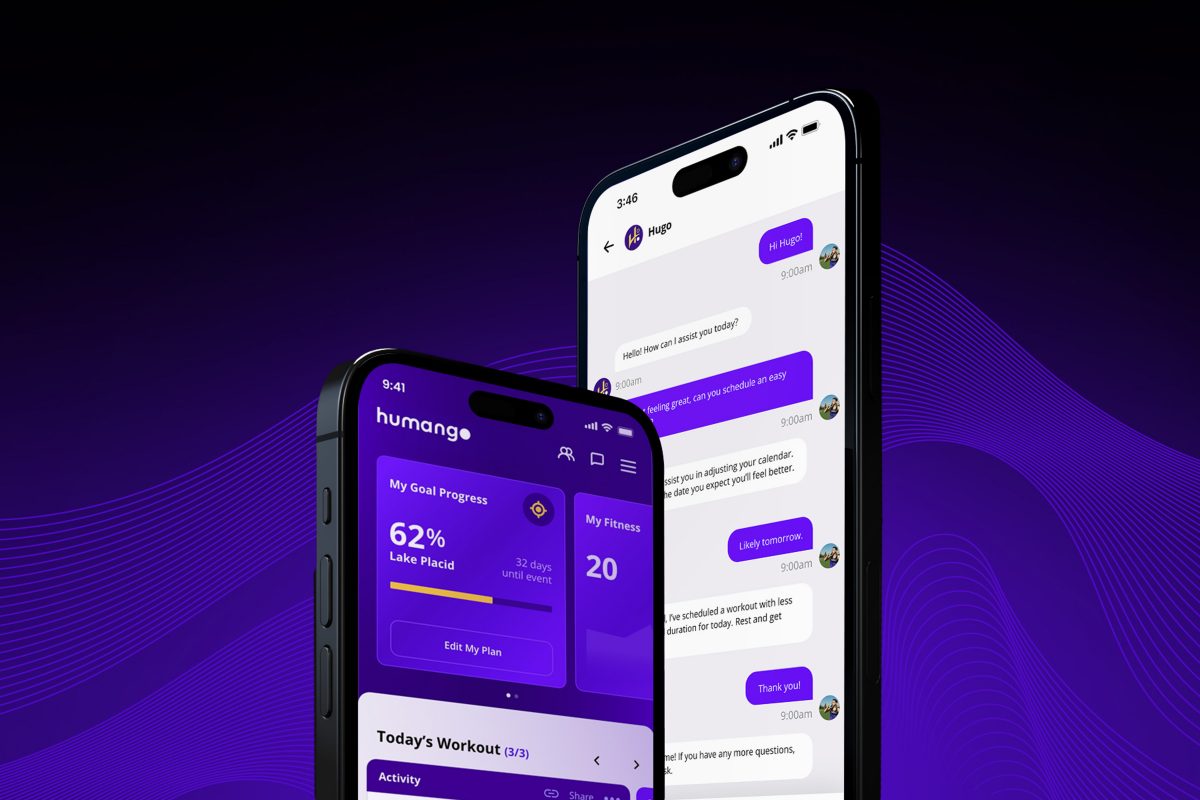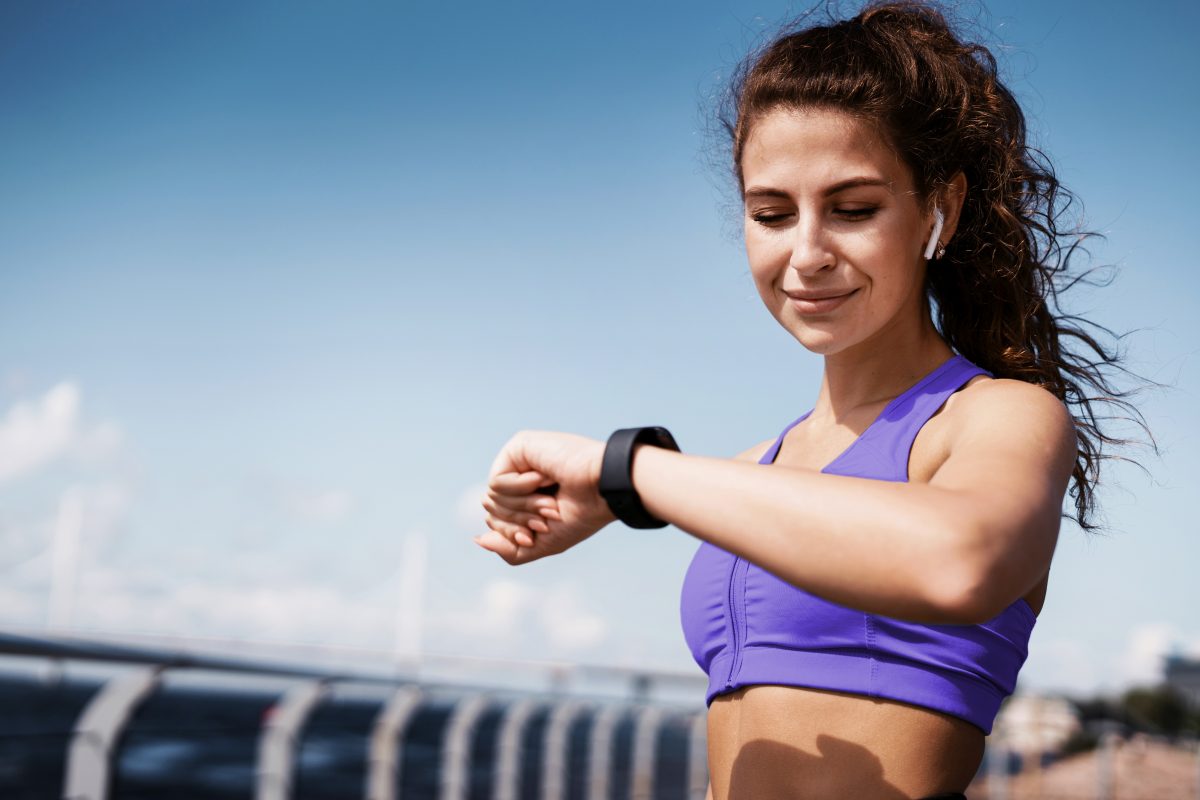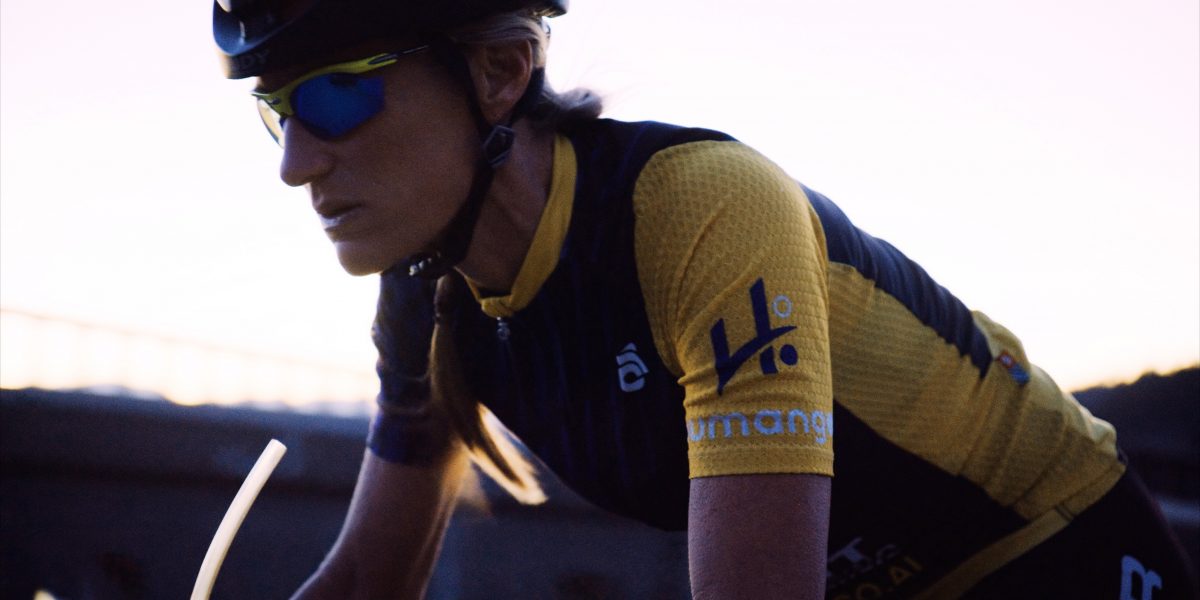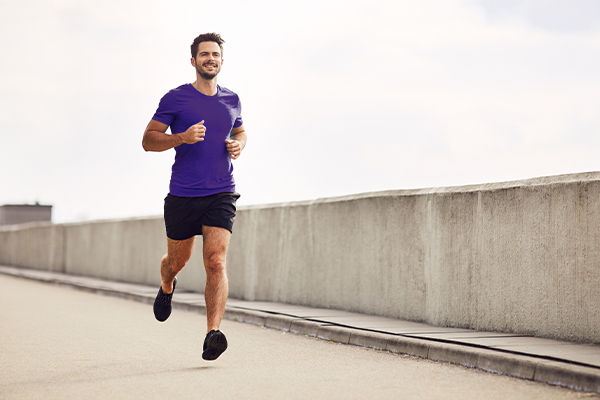Artificial Intelligence (AI) is the foundation of Humango’s coaching app for runners, cyclists, swimmers, and triathletes. By drawing on AI — not an algorithm with its inherent limitations — to create and adjust individual training programs after each workout, Humango’s digital brain already ensures you, the athlete, receive the coaching that’s specific to your goals, experience, fitness, and ambition.
With Humango’s ChatGPT-powered interface, you can now tell Hugo, our AI-powered digital coach, what you want to do, how you feel, and what you want or need to change. And thanks to the powerful LLM (Large Language Model) integration, every interaction will feel more seamless and natural — and your communication will continue to improve over time. Here are a few highlights of what ChatGPT integration means for your coaching experience.
Fine-tune your training program
Let’s say you’re working with Humango to guide you to peak performance in a Gran Fondo race, but you’re curious to see if you could train for and compete in a short, local criterium race. Tell Hugo. By talking to it just like a human coach, you can let Hugo know the additional race you want to train for, and it will automatically add the goal and create a plan for accomplishing it.
Or, you can now ask Hugo for a day off during the week. It’s as simple as saying, “Hugo, I need a day off.” That’s all it takes for Hugo to clear your workouts for the day. Need to log a sickness or injury? Instead of trying to figure out how to input that info into your Humango dashboard, just tell Hugo and let it adjust the intensity or duration of your upcoming workouts.
As a Humango athlete, you can use the conversational power of ChatGPT to get the most out of your interactions with the app. Whatever information you need, it’s just a quick chat away. You can even ask Hugo where specific data fields are located, to help you navigate the app, or let it know you’re tired and ask it to adjust the next workout.
Race days made easy
One of the benefits of working with a coach is their ability to create a race strategy based on the months of training data available. For athletes, the race plan provides a significant confidence boost; instead of guessing how they might do, they have a clear understanding of what a perfect race, a good race, or even an off-race will look like. Humango’s AI and ChatGPT integration makes asking for and receiving general race advice easier than ever.
Humango’s AI has always been capable of handling all the tasks above. But now, the integration of ChatGPT makes it simple to access and take advantage of these features. All you have to do is ask.














